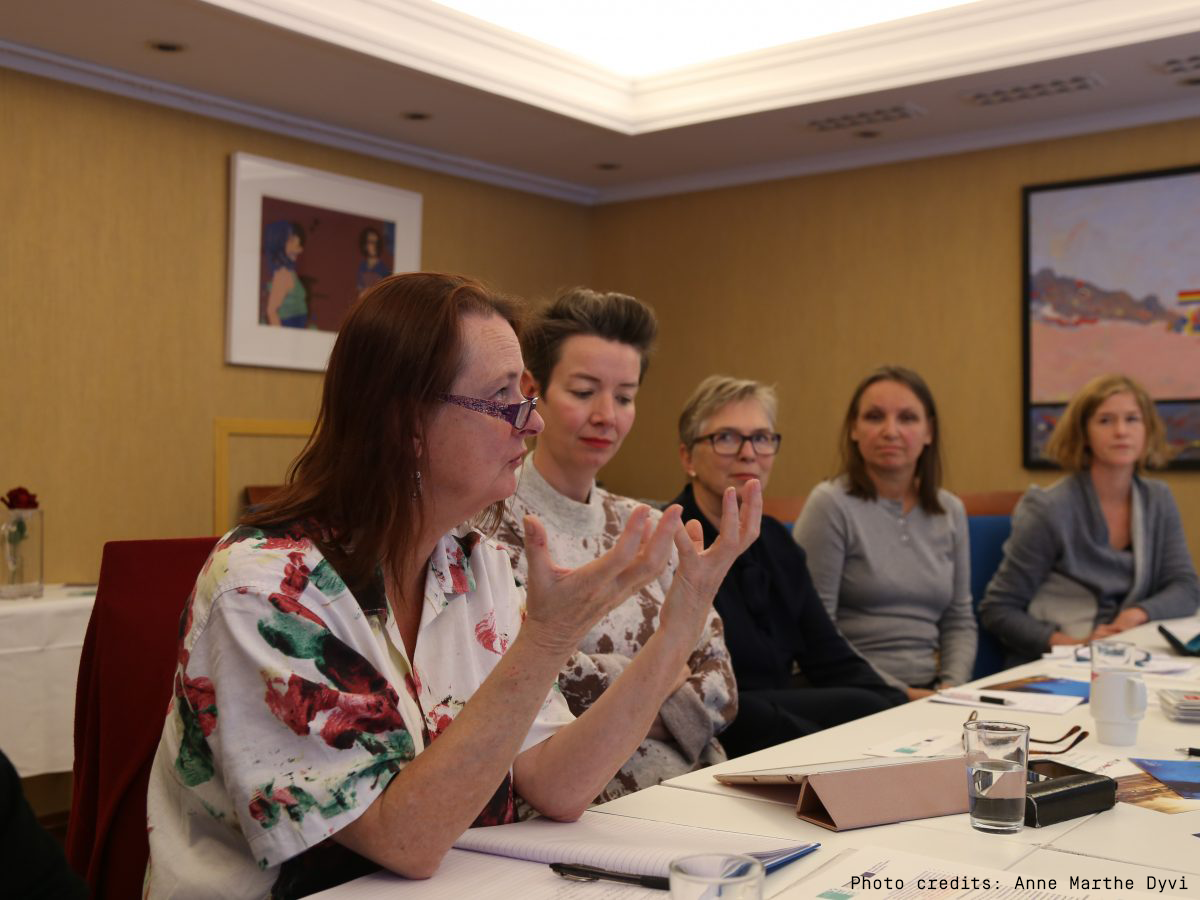
With a multifaceted career, Patsy Lang is a Senior project manager with extensive and long-standing experience from art and cultural projects in the UK and abroad. She has developed and is involved in many creative programmes for those on the fringes of the community aimed at increasing well-being, social interaction, and self-worth. Patsy supports the Future DiverCities consortium in the implementation of social inclusion dimension in its artistic activities.
Future DiverCities: Could you describe your missions and goals as an expert of social inclusion?
Patsy Lang: My work in social inclusion has to deal with using creativity to increase social inclusion. What I’m trying to do is to use the power of the creative process to build confidence. In the process of social interaction, creating together in a group is really powerful, it is like being part of a family. It gives people an amazing sense of achievement because what you do in creating is take yourself from the inside and let it go out to the world. It is empowering for everybody. For a lot of people who’s lives are messed up in some way or the other, it gives a way to express yourself for people that cannot express themselves with words. Needing other means to express yourself doesn’t mean that they are unintelligent or that they don’t have ideas, just that it’s not the most comfortable way of expression. For me, these are things that I’m trying to do by using the creative process. It’s the process of creating which has the power, letting out what’s is inside of you for the world to see. And then, the world will potentially comment and say « That’s wonderful, that’s really interesting » providing a mirror from society. That in itself gives you values as a human being. That’s the reason why creativity is so powerful.
FDC: Which kind of professionals, audience, and structures are you working with?
PL: I work with offenders, and ex-offenders, young people at risk, homeless, elderly, special needs adult groups. When I develop a project… Sometimes I see some money and I go after the money because you think that it would be appropriate for particular groups, but often you go to an agency first to develop a project, then look for the money. I form partnerships with an agency such as a homeless charity, a probation, the prison service or possibly another charity that works with prisoners in some way. You always join forces with another partner mainly because quite often the other partner is the expert of the social groups. They know about the behavior and the experience to expect with for instance a group of prisoners, what they need and to and how you should behave with them. All of those agencies know the client group very well, and I know the creative process and the power of the creative process and I know how to put it together. To do it properly you need to have the expertise of the partner agency.
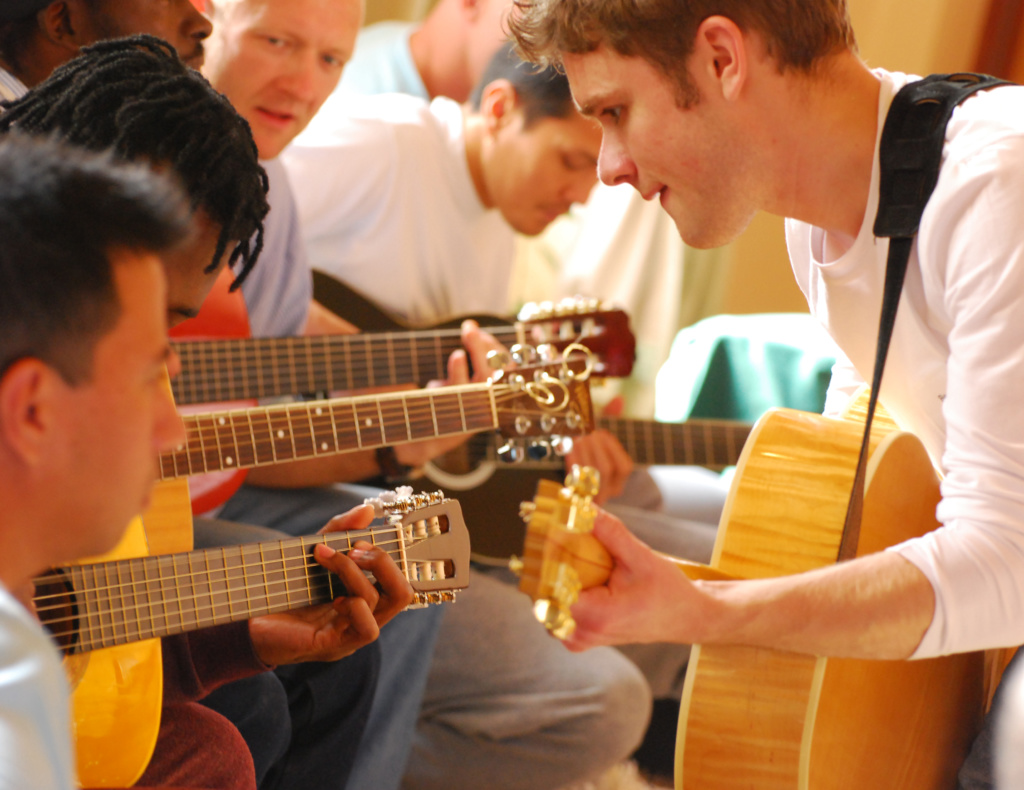
Photo Credits: PEETA prison project (Superact)
FDC: How the methodology evolves according to the different social group you are working with?
PL: You work with these agencies to decide the best media to work with. When you meet with any agencies you are working with them to choose what could be the best art format. It’s not about which art form to use but which thing will engage them, what thing they will have an interest in. How you structure your session with the time that you have, how a social group would behave if you go there everyday, for a week, or once a week for three months: all the parameters have to fit into the structure of the social group life with whom you are working. But the actual creative process, it is the same whether you’re creating a painting or music or sculpture. The material you use, the format, that changes all the time.
FDC: What are the prerequisites or abilities to have to work in this field?
PL: You need as a Social Inclusion expert to be really open-minded. People in these groups have really chaotic lives and you should not make any assumption about what it means to be homeless for instance. You have to let in the reality of their situations and to believe what their lives and challenges are. For an artist working in Social Inclusion programmes the most important thing is flexibility. When something is kicking off with some particular task, and what you’re doing is not working to engage participants, you have to immediately change direction on a dime and do something else because all these groups will likely not be what you expect.
FDC: From your point of view, who are the beneficiaries of your work? You are working directly with social groups or more for and with the artists that work with social groups?
PL: I think it’s both: They supply each other with learning. Initially, I’m working for the group but the professional artists who are working with the group will have an opportunity to learn a lot more about people, audience, and expectations of their audience. I guess it’s also inspirational for the artists to work in unexpected and unusual situations. Most artists and musicians with whom I worked in prison said to me that that is the most rewarding work they’ve ever done, and that includes writing their own music. There is is a real power in this acquiring of inspiration by interacting with these groups. But it also of course benefits to the groups to have this opportunity of developing creative abilities or being creative.
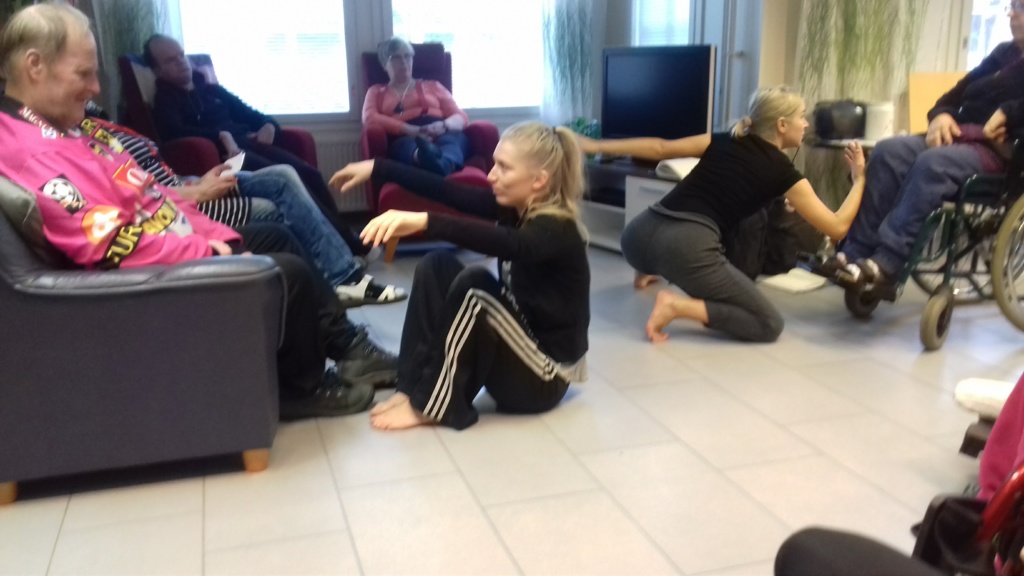
Photo credits: Kuopio- Future DiverCities visit, Regional dance Project with Special Needs Adults
FDC: About your involvement in Future DiverCities, how did you work with the partners?
PL: We thought that we were going to be setting up training and going out to each place and doing something, then we discovered that each partner had a certain amount of experience in social inclusion. My presence was a support in their own cities in order to find out the direction to go with training or some sort of exchange of ideas of what that should be.
FDC: From you experience, the reasons of isolation or insertion difficulties are they the same in an urban and rural context the city?
PL: What’s different I guess, it’s the context, the activities and the things you might do. I worked on a project called Netplants which is all about growing things and learning how to grow and cook them. The project was working with refugees and rural populations. I guess the content of the workshop and the sessions was more appropriate for life in the rural context. It’s also about taking inspirations from wide open spaces instead of urban conflict. For me, the context of the art and the source of inspiration for creativity are different but the idea of isolation applies in both contexts: one might be geographically and the other one might be social. For instance, you’ll find the homeless in the middle of an urban setting are also isolated, they’re isolated from their surrounding communities. The idea of getting people to interact through creativity is the same thing because each of these groups has their own issues and challenges. A group for people living in a rural setting is just a group with a different set of challenges and you have to work with those. You work with whatever organizations, agencies or community centers and are in the areas to find out what those challenges are. I don’t think that I apply different rules or different ways of functioning in one context or another.
Photo credits: Exe-Arts Community arts project (Superact)
FDC: What evokes the notion of ‘Future DiverSocieties’ to you?
PL: For me, it’s about having no boundaries in a way, that people in urban contexts, rather than see each other from the outside and being defensive or critical of each other, are trying to take joy in each other’s differences. I think it’s a really difficult thing to achieve but I think all urban contexts in their DNA are multicultural and multi dimensional. For me, the notion of ‘Future DiverSocieties’ is about respecting and enjoying each other’s society, and ways to increase awareness and acceptance of each other within those urban contexts because creativity can mediate between peoples.
FDC: What would be your wish for a future city to be more diverse?
PL: I think it really helps to have common spaces. It’s just the nature of buildings to define urban spaces. So I think it’s a lot about having common spaces where people can mingle and exchange, and learn from each other, engage with each other. In an urban context, the use of existing spaces or empty spaces to make a space for sharing and gathering, and having experiences which are common to everybody, is really important.
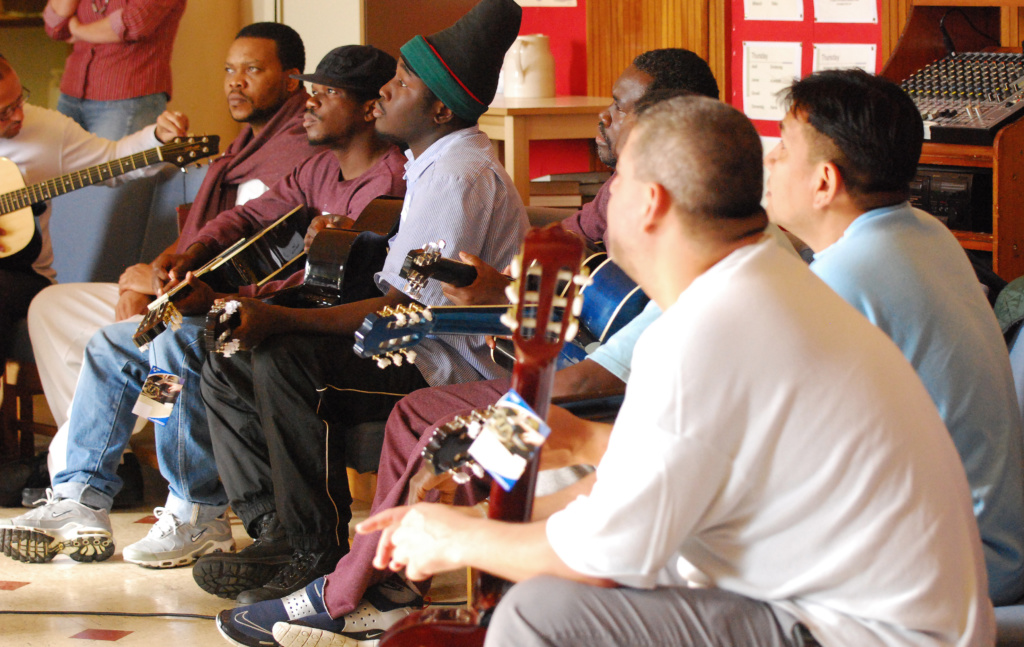
Photo credits: PEETA prison project (Superact)
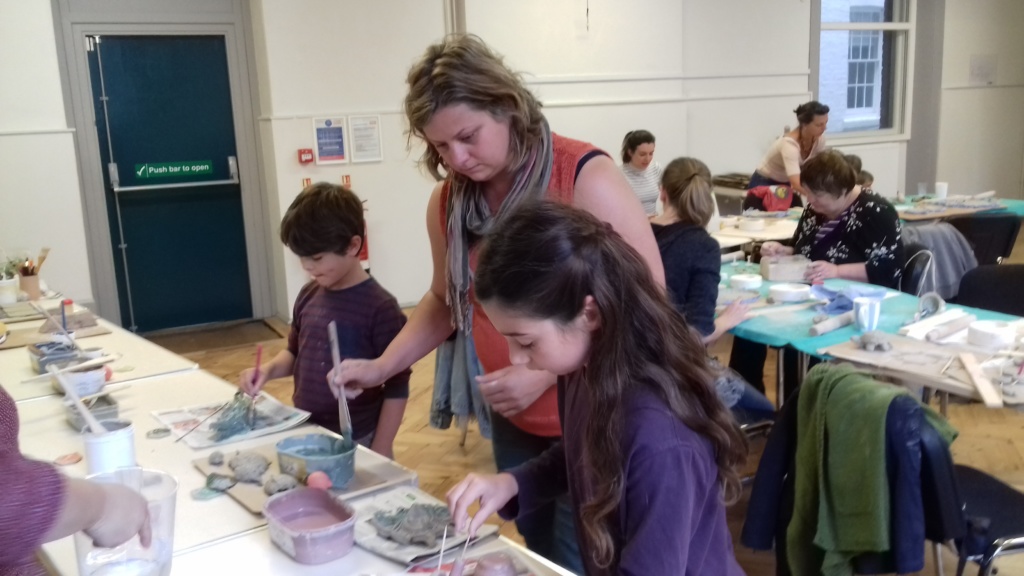
Recent Comments